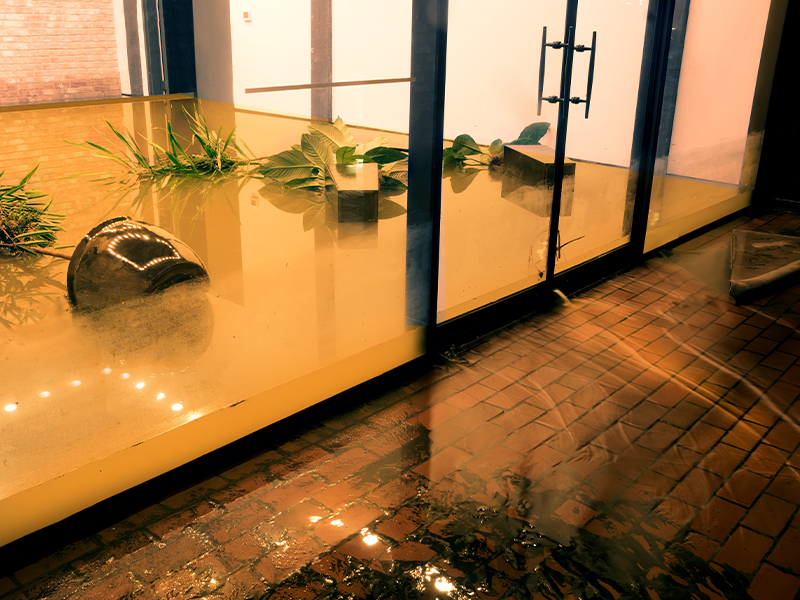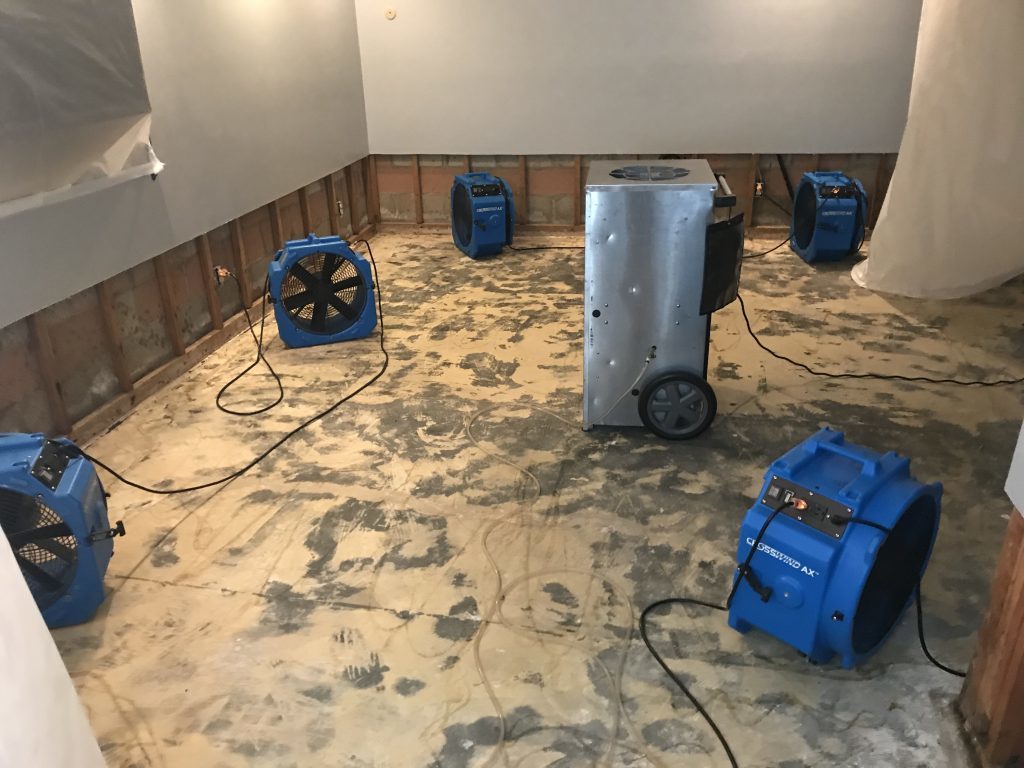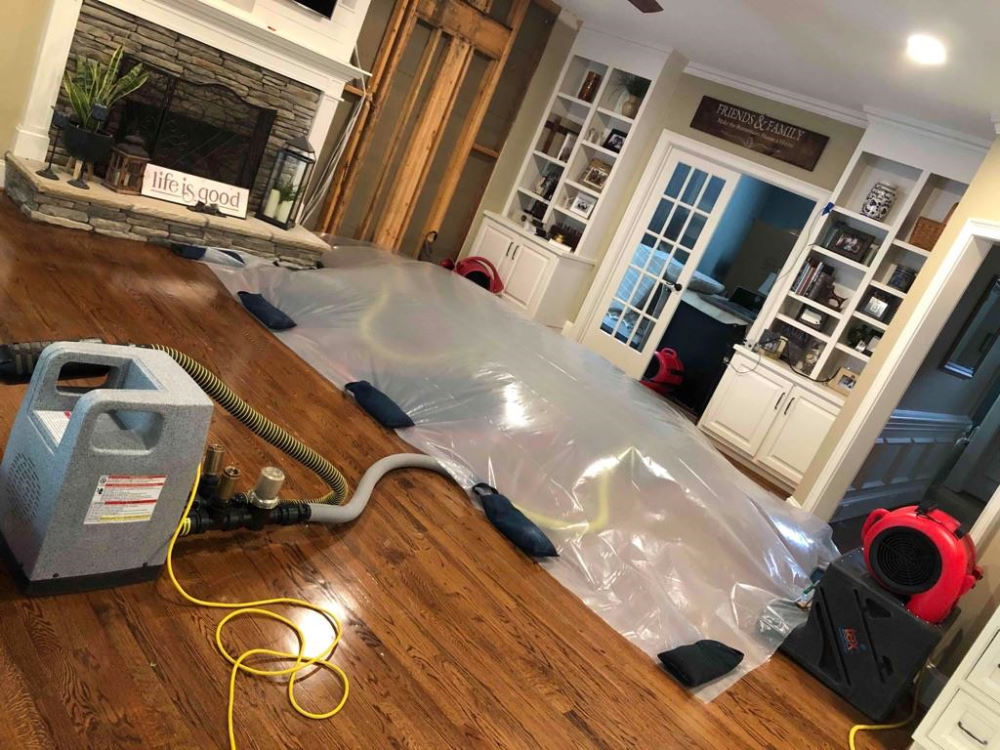Carpet Renewal Quality: Your Go-To Resource for Carpet Cleaning Platte SD
Carpet Renewal Quality: Your Go-To Resource for Carpet Cleaning Platte SD
Blog Article
Professional Flooded Cellar Cleaning: Recover Your Cellar to a Dry and Safe Space
When confronted with a flooded basement, it is essential to act swiftly and efficiently to restore your room to a secure and completely dry state. The damage caused by water seepage can be comprehensive, varying from structural problems to the development of unsafe mold and mildew. In this conversation, we will explore the necessary actions included in expert swamped cellar cleanup. From analyzing the damage to implementing effective water removal and drying strategies, we will certainly look into the procedure of recovering your cellar and ensuring its long-lasting stability. Join us as we discover the tricks to changing your damp and endangered basement into a protected and useful area once more.
The Value of Immediate Activity
When it comes to addressing a flooded cellar,Immediate activity is critical. The longer water beings in your basement, the more damages it can trigger. Acting rapidly can assist minimize the degree of the damages and avoid further complications.
Among the main reasons that instant activity is crucial is to stop structural damages. Water can weaken the structure of your home, resulting in fractures, changing, and even collapse if left unaddressed for a prolonged period. In addition, prolonged exposure to dampness can cause mold and mildew and mold growth, which can even more compromise the architectural stability of your cellar and present wellness threats to you and your family members.
Water and electrical power are an unsafe mix, and a swamped basement can subject cords and electrical outlets to water. By taking instant action, you can make certain that the power is safely turned off and any electrical devices is eliminated or separated before beginning the clean-up process.
Analyzing the Damage
Upon attending to a swamped basement, one of the initial steps is to assess the level of the damage brought on by the water. This critical assessment allows home owners to comprehend the scope of the problem and figure out the required activities for remediation. A detailed evaluation of the damages assists in designing a reliable prepare for the cleaning process.

Specialist water damage remediation professionals can offer important support in analyzing the damage precisely. They have the knowledge, experience, and specialized tools to identify hidden damages and potential threats, ensuring a comprehensive examination.
Water Extraction and Drying Out Strategies
After completing a detailed evaluation of the damages caused by the flooded basement, the next critical step is to execute reliable water removal and drying out methods. Water removal is the procedure of removing standing water from the cellar.

It is vital to completely dry the basement to avoid any kind of more damages or health threats. Moisture can seep right into walls, floorings, and furnishings, bring about structural damages and the growth of mold and mildew. mold removal platte sd. By executing efficient water extraction and drying methods, the cellar can be brought back to a dry and safe room, ensuring the health and wellness and well-being of the passengers

Mold Removal and Prevention
To successfully deal with mold development in a swamped cellar, extensive and prompt mold and mildew remediation and prevention measures should be applied. Mold and mildew can present major health threats and trigger extensive damages to your building if not taken care of without delay and successfully. The very first action in mold and mildew removal is to get rid of the source and determine of moisture that is advertising its growth. This might include repairing any type of leakages or fractures in the foundation, improving ventilation, and making sure correct drainage around the basement. As soon as the source of moisture has actually been attended to, the next step is to eliminate the existing mold development. This can be done via complete cleaning and sanitation making use of appropriate cleaner and methods. It is very important to wear protective equipment, such as handwear covers and masks, to prevent direct exposure to mold and mildew spores during the cleaning procedure. After the mold and mildew has been removed, it is critical to take preventative procedures to protect against future mold and mildew development. This includes routine assessment and upkeep of the cellar, making sure appropriate humidity levels, and dealing with any type of water issues instantly. In addition, utilizing mold-resistant products for any kind of repairs or restorations in the basement can help lessen the threat of mold growth. By implementing these mold and mildew removal and avoidance techniques, you can restore your basement to a risk-free and dry space.
Fixing and Repairing Your Basement
Restoring and fixing your cellar calls for an organized strategy to address the damages caused by flooding and guarantee the room is useful and secure once again. After a flood, it is essential to act promptly to mitigate further damage and stop potential wellness hazards. the original source The primary step is to get why not find out more rid of any kind of staying water and dampness from the basement. This can be done using specialized equipment such as pumps, dehumidifiers, and industrial fans. When the room is dry, it is essential to evaluate the level of the damages and make needed repair services. This might consist of fixing or changing damaged walls, floors, and insulation. Additionally, any kind of electrical systems that have been affected ought to be completely examined and fixed by a certified professional. It is likewise necessary to inspect for any structural damage that might have taken place throughout the flood. This could include analyzing the structure, beams, and supports to guarantee they are secure and still undamaged. It is essential to take steps to avoid future flooding, such as mounting a sump pump and boosting drain around the residential property. By following these steps, you can recover your cellar to a completely dry and risk-free room when again.
Final Thought
Finally, attending to a flooded basement quickly is important to stop additional damage and make sure a risk-free setting. Evaluating the extent of the damages and using efficient water extraction and drying out methods are crucial action in the cleanup process. Additionally, taking steps to avoid mold development and restoring and repairing the cellar will certainly help recover it to a safe and completely dry space for use.
From analyzing the damage to implementing reliable water removal and drying out techniques, we will dive into the process of restoring your cellar and ensuring its long-term stability. The longer water sits in your basement, the more damage it can create.Upon attending to a flooded cellar, one of the helpful site first steps is to examine the degree of the damage triggered by the water.After completing an extensive assessment of the damage caused by the swamped basement, the following crucial action is to carry out efficient water removal and drying out techniques.It is vital to completely dry out the basement to avoid any further damages or health and wellness dangers.
Report this page